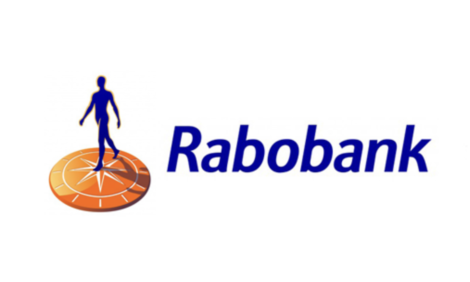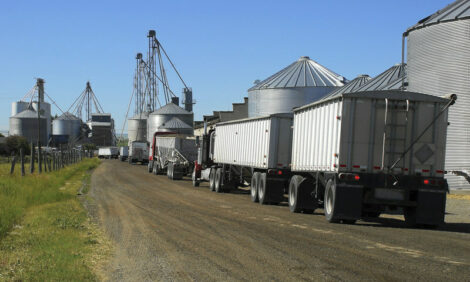



Market Advisor: Strong Demand for Pork Stimulates Hog Prices
NORTH DAKOTA - Hog prices on a live weight basis have increased about $20 per hundredweight from the beginning of the year and are now averaging about $10 per hundredweight higher than a year ago. Second quarter prices have not averaged this high since 1997, and are a welcome relief for producers who received below breakeven prices for much of 2003.
Higher hog prices are occurring despite higher slaughter numbers, a continuing increase in dressed carcass weights and more pork production. So, strong demand for pork, both domestic and export, is stimulating prices.
Second quarter pork production will be close to four percent higher than last year, with dressed weights averaging about one pound higher. Dressed weights in 2004 will likely average 198 pounds per carcass, a 10 pound increase since 1998.
U.S. pork production in 2004 will likely be record high at over 20 billion pounds. U.S. consumers will consume more pork at higher prices this year.
The popularity of low carbohydrate diets, lower beef production and pork industry funded development of new products and promotion are the reasons for continued strong domestic demand for pork.
U.S. pork exports continued the long upward trend and were up 30 percent over the previous year in the first third of 2004. Japan, Mexico and Canada accounted for about 78 percent of U.S. shipments.
The closure of many world markets to U.S. and Canadian beef due to BSE discoveries and the depreciation of the U.S. dollar are short-term influences on increased exports.
Longer term positive impacts on increased exports include increases of protein in world diets, especially in developing countries, and successful marketing strategies of the U.S. Meat Export Federation and the U.S. pork industry. World pork consumption has increased over 20 percent in the past 10 years.
Japan, Mexico and Canada are the leading foreign customers for US pork. Exports to Japan are up 8.5 percent in 2004. Japan has banned beef from the United States and Canada due to BSE, and has also banned poultry products from parts of the United States and other Southeast Asian countries due to avian influenza outbreaks. Therefore, Japanese customers are substituting pork for the banned protein sources. Furthermore, the decline in the U.S. dollar makes U.S. pork products relatively less expensive than Canadian and Danish pork, the two biggest competitors of U.S. pork exports.
Mexico imported 92 percent more U.S. pork in the first third of 2004. Mexico has reopened the border to some U.S. beef, but pork was likely substituted for beef in Mexican diets.
Canada is a major pork producer and exporter. But its imports of U.S. pork products were 30 percent above 2003 levels. A major reason why the U.S. both exports and imports pork and hogs to and from Canada is due to logistics. Regions in each country are pork deficit, and it is cheaper to ship the shorter distance across borders rather than across a country.
Canada is also exporting more live market hogs to the U.S. in 2004, which may be another reason for the increase in U.S. pork exports back to that country.
U.S. pork exports may exceed 1.9 billion pounds in 2004, over 13 percent higher than 2003, and may even break the 2 billion pound mark.
Hog prices usually increase seasonally to highs in early summer, and then decline to reach seasonal lows in late fall.
Cash hog prices on a live weight basis have probably already reached the seasonal high near $60 per hundredweight in early June, and by mid-June were in the low to mid $50 per hundredweight range. A continued seasonal decline to prices in the low $40s in the fourth quarter may occur. Prices at this level would still be about 10 percent higher than last year, which is encouraging given that record pork production is likely to occur this year.
USDA-NASS will release the next quarterly Hogs and Pigs Report on June 25. This report will give an indication of potential production for the remainder of the year and possible changes that may be occurring in the size of the breeding herd. Above average sow slaughter has occurred during the first half of 2004, so the breeding herd may be lower.
Source: North Dakota State University Extension Service - Tim Petry, Extension Livestock Marketing Economist - 24th June 2004








